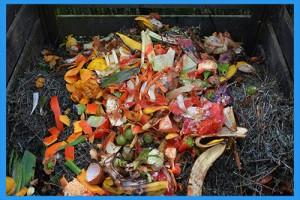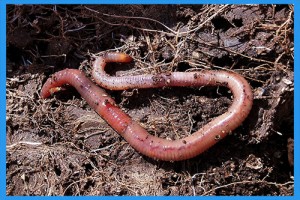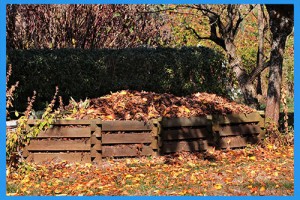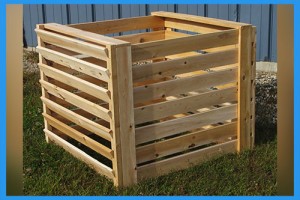Even though it’s autumn, there are still some things that you can do to better your garden. If you’ve ever heard of composting and wanted to know more about it, you’re in the right place.
To begin, we’ll discuss what a compost pile is, the benefits of composting, and how it can drastically improve your soil.
Compost piles are multi-layered heaps that contain a collection of organic material meant to go through a decaying process that can result in a fertilizer-like, nutrient rich soil called “humus.” This soil can be added to your garden after the materials in it haven broken down by means of worms and micro-organisms. The decomposition process in a compost pile is similar to that in a landfill except for one vital ingredient; oxygen. Due to the lack of proper aeration, a landfill breaks down anaerobically, releasing harmful greenhouse gas emissions. A compost pile does not, though, making it a great alternative for common organic products that would otherwise be determined as waste. And, because composting results in matter than can be used as fertilizer, you won’t have to invest in factory-made products or chemicals.

At first glance, compost piles seem like an unsightly and off-putting idea. The concept of letting materials rot in an area of your outdoor space may not be well received without proper explanation.
There are a variety of types of compost piles, but they are usually comprised of materials like twigs, branches, dead leaves, grass clippings, paper, cardboard, vegetable and fruit peelings, teabags, and crushed eggshells. When organic materials such as these break down, the organic matter that is left over can be placed on top of your existing soil and be used to suppress plant diseases and pests as well as help your soil retain moisture. Composting also introduces valuable micro-organisms such as fungi, bacteria, and protozoa. These micro-organisms help to aerate your soil and convert nitrogen to a usable form.

Aside from the benefits of composting for your garden, composting also helps to reduce the waste found in landfills. You may typically opt to toss out unwanted peels and scraps from your kitchen, but these materials would do better in a compost pile than a plastic bag. Choosing to put these materials in a compost pile instead can reduce your household waste up to 30% and even help to alleviate the need for more trash bags or trips to the curb on garbage night.
To begin composting, you’ll want to determine a good place to collect your materials. Choose a level, well-drained area that worms can easily get to. (The worms will be vital to the decomposition process, so don’t be afraid to let them snack on your pile.) You may want to purchase a quality compost bin that will provide enough space to create the results that you’re looking for as well.

When creating your pile, be sure not to add certain materials unless your compost pile has a specific purpose. (Remember, there are various types of composting with various intentions.) It is unlikely that you would want to include any meat or dairy items unless you’re looking to use a digestor. You may also want to avoid adding any type of fecal matter, diseased plants, or perennial weeds, especially those with seed heads. Be sure to recycle glass, plastics, and metal separately because these materials also do not belong in a compost pile.
When you’ve developed a pile, you’ll want to maintain a proper balance of the various matter in it in order to get the best results. These piles require a certain degree of maintenance and should be looked after. The mixture of it is usually divided into two separate categories designated by color. You’ll need a proper balance of “greens” and “browns,” both in equal parts. By adding more “greens,” your pile will increase in moisture, while adding more “browns” will increase dryness. By having the same amount of both, your compost pile should be successful.

Compost piles also require oxygen and may benefit from including crumbled pieces of paper and cardboard to create pockets for proper air-flow. Mixing the contents to redistribute the materials and help regulate temperatures may also help to air out your compost pile. In addition, using the right tools for turning can greatly improve the results of composting. There are also options to add enzymes to your compost pile in order to reduce the amount it takes to turn the matter into humus.
When your compost pile has a dark brown to black soil-like layer at the bottom, you’re ready to add that material to the top of your garden soil. This material will greatly improve the look and health of your garden, leading you to compost year-round.
If you’re interested in pursuing composting, Fifthroom.com has Compost Bin options for you, so you’ll be ready to begin the process in no time. See our selection now!


0